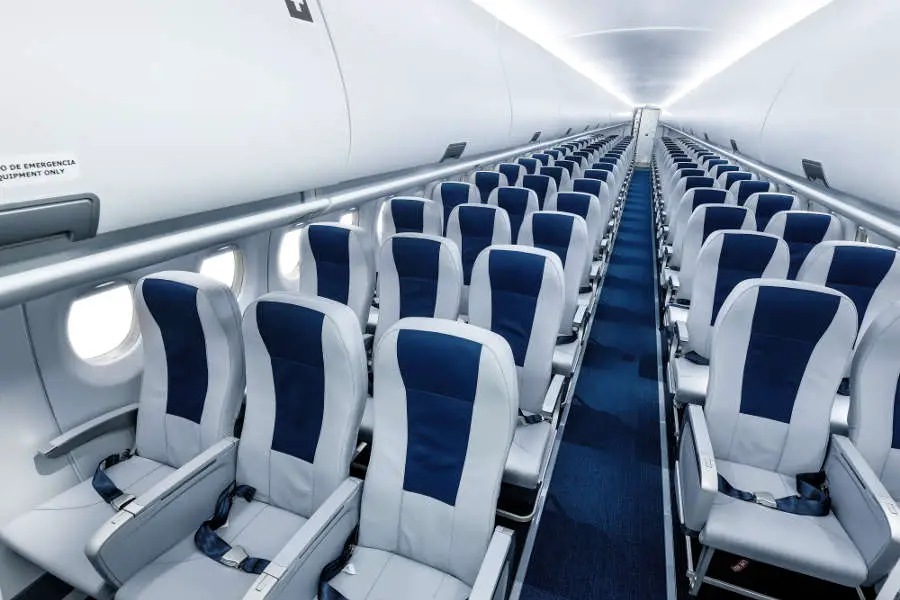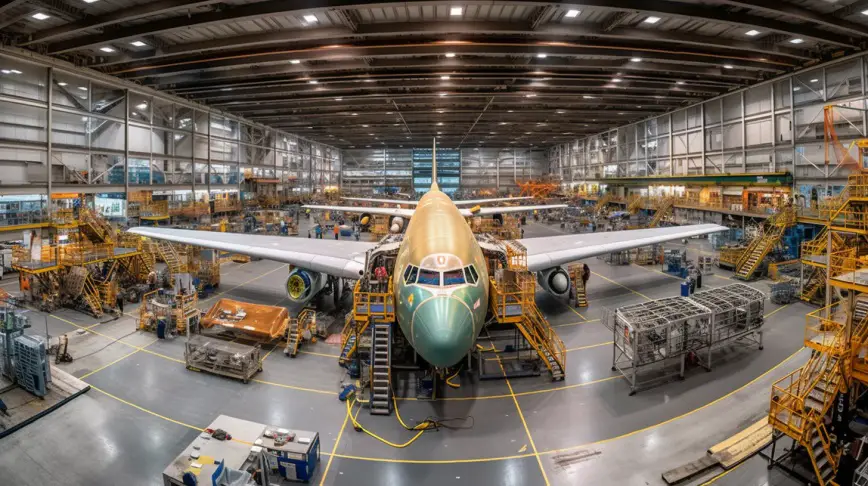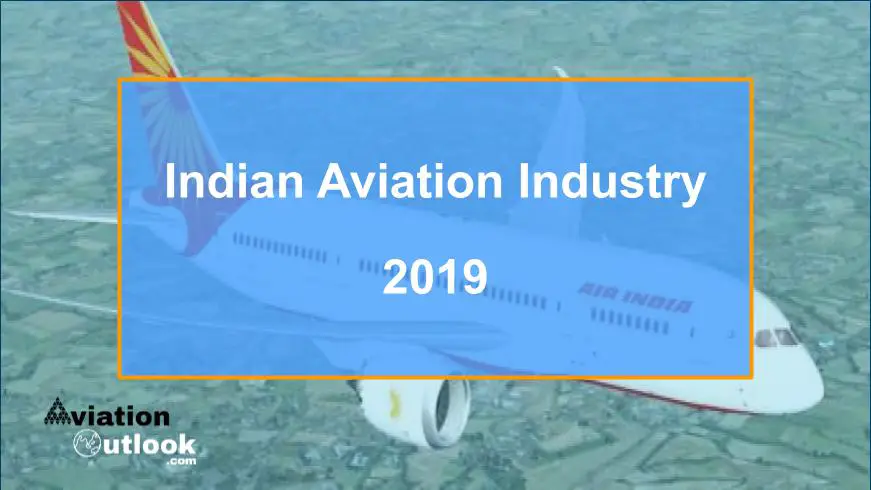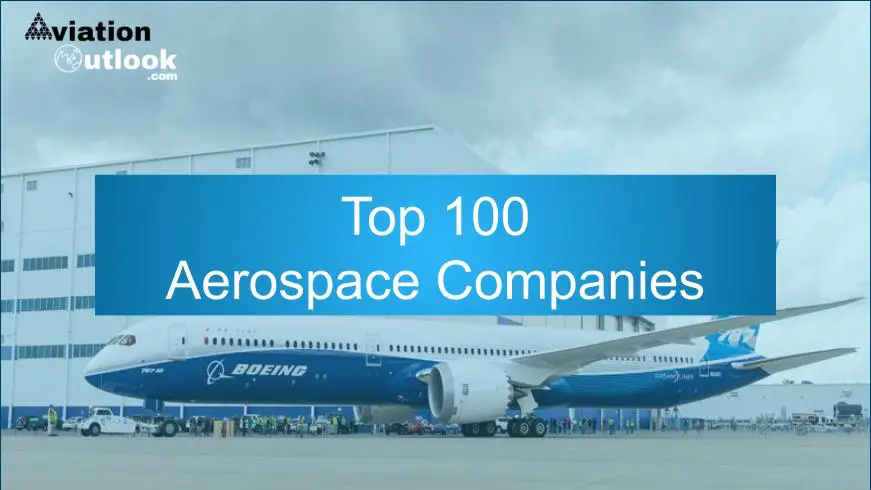
ANALYSIS: Shrinking Airline Seats
Air travel is growing fast, with IATA indicating the strongest growth ever seen since the Global financial crisis rebound. Demand is growing at a rate of 6.5% annually well above the 10 year moving average of 5.5%. For airlines, this increasing demand is an opportunity to capitalize on all their capacity by maximizing seats in their aircraft. This requires them to choose higher density seating in aircraft, a move made popular by the low cost carriers (LCC).
This move revolutionizes seats as a product and a new component of the airfare, becoming ancillary revenue. While also becoming an important aspect for passenger retention, seats and their ergonomics are changing the way passengers perceive an airline, influencing their choice of airlines.
Shrinking Airline Seats
Most airline seats are analysed based on the seat pitch they offer. A seat pitch is the distance between a single point on an aircraft seat and the identical point on the seat behind. The average seat pitch ranges from 30” to 34” in the economy section. As the demand has grown, airlines have tried to fit more and more seats into the aircraft, this results in reduction in the seat pitch.
Over the last couple of years, various measures to optimize aircraft seating configuration has resulted in drastic reduction in seat pitch, as low as 28”. One of such introductions are the new ‘slim line seats’. Becoming the current norm in the industry, slim line seats measure 1” in thickness and increase seat pitch back to 30”- 32” while increasing the number of seats that can be fitted.
Ancillary Revenue Effect
One of the reasons for this transformation of airline seats is also the quest to maximize ancillary revenue. Passengers choose airlines based on both the service provided along with the product at the price they paid. Depending on the nature of travel (long haul or short haul flights) a passenger may not require a lot of leg room. However in a long haul flight, the passengers are more sensitive to seat dimensions. The airlines have proceeded to exploit those few seats which offer more legroom by regulation, known as the exit row seats.
In low cost carriers you pay for what you get, allowing airlines from this category to capitalize on the ancillary revenue available around more spacious seats. Full service carriers (FSC) have also made a move to capitalize on ancillary revenue available around more spacious seats.
The airfares however have remained the same, decreasing in the LCC model, with the separation of service components and allowing the fare to be tailored to the passenger’s requirement. Appealing more to the leisure passengers who may not value the space a seat offers, as they are not regular flyers. The emergence of the LCC long haul airlines such as Scoot and Air Asia, further changed the dynamics of ancillary revenue around seats.
Spacious seats were tailored to be charged more and seats with less leg room were offered for a lower price. Scoot offers 34-36” of pitch in the “Scoot in Silence Zone”, while the normal economy seats offer 31” of pitch. Charging almost $30 USD for each seat in the “Scoot in Silence Zone”, Scoot introduced a new concept of ancillary revenue for LCC airlines providing extra leg room seats and hence taking apart the airfare and service provided even further.
However, that’s not all. Airlines are still trying to find out ways to further optimize the seating configuration in their aircraft and fit more seats, such as through the installation of smaller lavatories. As the quest towards an optimum seating configuration and move to further increase the revenue continues, we will see many more changes in airline seats and ancillary revenue models designed around seating configurations.







